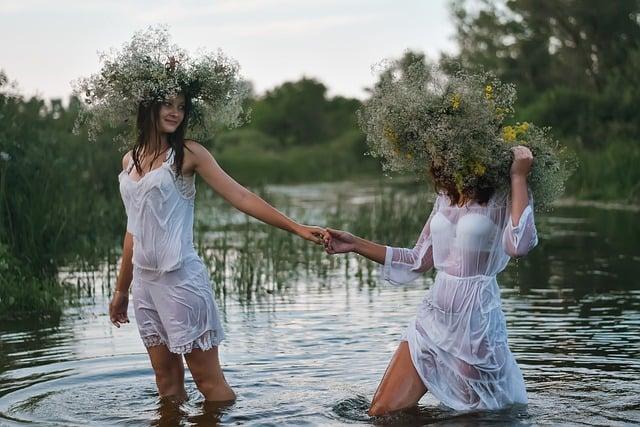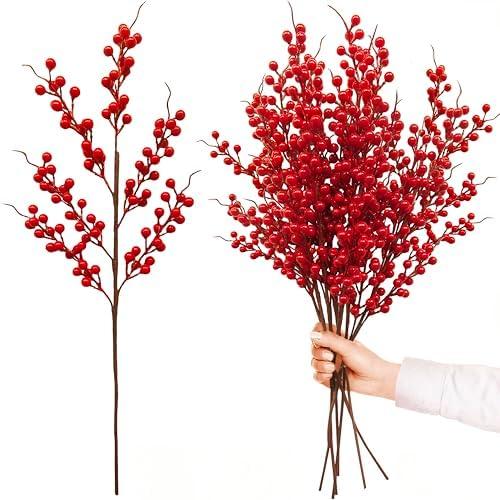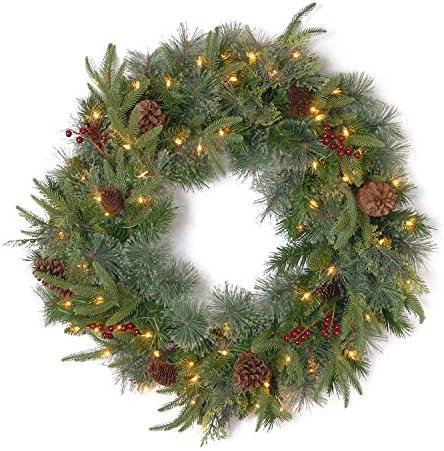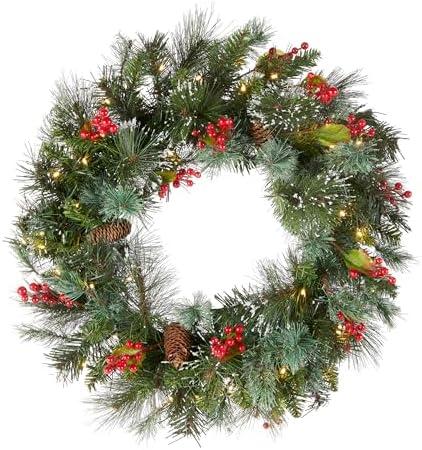In a small village, every winter, the townsfolk gathered to weave a grand wreath from evergreen branches. Each leaf and berry held a story: the pine needles whispered of resilience, while the red berries spoke of joy. As the wreath hung on the town square, it became a symbol of unity, reminding everyone of their shared history and hopes for the future. One year, a stranger arrived, drawn by its beauty. He learned of its significance and decided to stay, weaving his own story into the village tapestry, forever changed by the wreath’s silent power.
Table of Contents
- The Historical Roots of the Wreath and Its Cultural Evolution
- Symbolism and Meaning: Unraveling the Layers of the Wreath
- Wreaths in Modern Celebrations: Traditions and Innovations
- Crafting Your Own Wreath: Tips for Personalization and Significance
- Q&A

The Historical Roots of the Wreath and Its Cultural Evolution
The wreath, a circular arrangement of foliage, flowers, or stems, has a rich tapestry of history that weaves through various cultures and epochs. Its origins can be traced back to ancient civilizations, where it symbolized victory and honor. In ancient Greece, laurel wreaths were awarded to victors of athletic competitions, signifying achievement and glory. Similarly, the Romans adopted this tradition, using wreaths to adorn their triumphal processions and celebrate military conquests. Over time, the circular shape of the wreath came to represent eternity, as it has no beginning or end, making it a powerful emblem of life’s cyclical nature.
As cultures evolved, so too did the significance of the wreath. In medieval Europe, it transformed into a symbol of festivity and celebration, often used in religious ceremonies and seasonal festivals. The use of evergreen materials during winter solstice celebrations highlighted themes of resilience and renewal, while floral wreaths became a staple in springtime festivities, celebrating rebirth and fertility. Today, wreaths are prevalent in various cultural practices, from Christmas decorations to memorial tributes, embodying a blend of historical significance and contemporary meaning. Their enduring presence in our lives reflects a deep-rooted appreciation for nature, tradition, and the human experience.

Symbolism and Meaning: Unraveling the Layers of the Wreath
The wreath, often seen adorning doors and walls, carries a rich tapestry of symbolism that transcends cultures and time. Traditionally, it is crafted from natural materials such as leaves, flowers, and branches, which imbue it with a sense of life and renewal. This circular form, devoid of a beginning or end, represents **eternity**, making it a powerful emblem of the cyclical nature of life. In various traditions, the wreath is associated with **victory**, as seen in ancient Greece where laurel wreaths were awarded to champions. Additionally, it serves as a reminder of **unity**, bringing together diverse elements into a harmonious whole, much like the community it often represents during festive seasons.
Beyond its aesthetic appeal, the wreath also embodies deeper meanings tied to specific occasions. During the holiday season, for instance, it transforms into a symbol of **welcome** and **hospitality**, inviting friends and family into a space filled with warmth and joy. In many cultures, wreaths are used in memorials, signifying **remembrance** and honoring those who have passed. The choice of materials and colors further enhances its significance; for example, evergreen wreaths symbolize **everlasting life**, while floral arrangements may convey messages of **love** and **celebration**. Each wreath tells a story, layered with personal and cultural meanings, making it a profound expression of human experience.

Wreaths in Modern Celebrations: Traditions and Innovations
Wreaths have transcended their traditional roles, evolving into symbols of celebration and remembrance in modern festivities. These circular arrangements, often made from foliage, flowers, or even unconventional materials, embody the idea of continuity and eternity. In contemporary celebrations, wreaths are not just decorative elements; they serve as a canvas for personal expression and cultural storytelling. From vibrant floral wreaths adorning summer weddings to minimalist designs gracing winter solstice gatherings, their versatility allows them to resonate with various themes and emotions.
Innovations in wreath-making have also led to the incorporation of diverse materials and techniques, reflecting the changing tastes and values of society. Today, you might find wreaths crafted from recycled items, dried fruits, or even LED lights, showcasing a blend of sustainability and creativity. The significance of wreaths in modern celebrations can be highlighted through:
- Personalization: Custom wreaths that reflect individual stories or family heritage.
- Seasonal Adaptation: Wreaths that change with the seasons, celebrating nature’s cycles.
- Cultural Fusion: Incorporating elements from various traditions, creating a rich tapestry of meaning.

Crafting Your Own Wreath: Tips for Personalization and Significance
Creating a wreath that reflects your personal style and values can transform it from a simple decoration into a meaningful symbol. Start by selecting a base that resonates with you—whether it’s a traditional grapevine, a modern foam ring, or even a rustic wooden frame. From there, consider incorporating elements that hold significance in your life. For instance, you might choose:
- Seasonal Foliage: Use flowers or leaves that represent your favorite season or a cherished memory.
- Color Schemes: Pick colors that evoke specific emotions or represent milestones, such as your wedding colors or hues that remind you of home.
- Personal Mementos: Integrate items like family heirlooms, photographs, or small trinkets that tell your story.
Additionally, think about the symbolism behind the materials you choose. For example, evergreen branches symbolize eternal life, while dried flowers can represent cherished memories. You can also personalize your wreath with meaningful quotes or messages, perhaps inscribed on a small wooden sign or painted directly onto the wreath itself. This not only enhances its aesthetic appeal but also deepens its emotional resonance, making your creation a true reflection of your journey and values.
Q&A
-
What does a wreath symbolize?
A wreath is often seen as a symbol of eternity and the cycle of life. Its circular shape represents continuity and the idea that life goes on, making it a fitting tribute for various occasions.
-
When are wreaths typically used?
Wreaths are commonly used during holidays, such as Christmas and Easter, as well as for memorials and funerals. They serve as decorative pieces that convey sentiments of celebration, remembrance, or honor.
-
What materials are used to make wreaths?
Wreaths can be crafted from a variety of materials, including fresh or dried flowers, leaves, twigs, and even artificial elements. Each material can convey different meanings and aesthetics, depending on the occasion.
-
How can I personalize a wreath?
Personalizing a wreath can be achieved by incorporating specific colors, flowers, or decorations that hold significance to the individual or event. Adding personal touches, such as initials or meaningful symbols, can enhance its emotional value.
In essence, the wreath transcends mere decoration; it embodies a rich tapestry of history, culture, and emotion. Whether adorning a door or honoring a memory, its circular form reminds us of life’s continuity and the connections we cherish.




